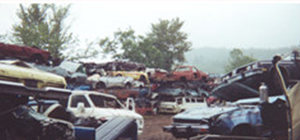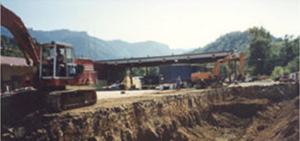PFAS Contamination in Red Clay Creek and St. Jones River: A Growing Concern
Recent reports have revealed elevated levels of PFAS (per- and polyfluoroalkyl substances) in two key water bodies in Delaware: Red Clay Creek and the St. Jones River. These rivers provide water to nearby communities and support local ecosystems, making the discovery of high PFAS levels particularly alarming. Known as “forever chemicals” because they do not easily break down in the environment, PFAS are linked to serious health risks, including cancer and immune system suppression.
What Are PFAS and How Do They Get into Waterways?
PFAS are a group of human-made chemicals widely used in industrial applications, firefighting foams, and consumer products such as non-stick cookware, water-resistant fabrics, and food packaging. Once released into the environment, PFAS can travel long distances in water systems. In the case of Red Clay Creek and St. Jones River, contamination is thought to come from industrial discharge, wastewater treatment plants, and runoff from areas where firefighting foams have been used.
Impact on Red Clay Creek and St. Jones River
Recent testing has shown that PFAS levels in these rivers exceed recommended health advisory limits, meaning they pose a potential risk to human health and the environment. Communities relying on these water sources for drinking water are particularly vulnerable. PFAS contamination not only threatens human health but also harms aquatic ecosystems by affecting the growth and survival of fish and other wildlife.
Ongoing Efforts to Address PFAS Contamination
State and federal environmental agencies are working to address PFAS contamination in Red Clay Creek and St. Jones River. Cleanup efforts, stricter regulations, and monitoring programs are being put into place. However, progress is slow, and residents are urged to take precautions in the meantime, such as using advanced filtration systems to purify drinking water.
The high PFAS levels in Red Clay Creek and St. Jones River serve as a wake-up call for residents, environmental advocates, and policymakers alike. While solutions are being developed, it’s crucial for individuals to stay informed and take proactive steps to protect their health and the health of their communities. Working together, we can reduce the impact of PFAS contamination and safeguard Delaware’s waterways for future generations.
For more information check out this local report about this issue:













